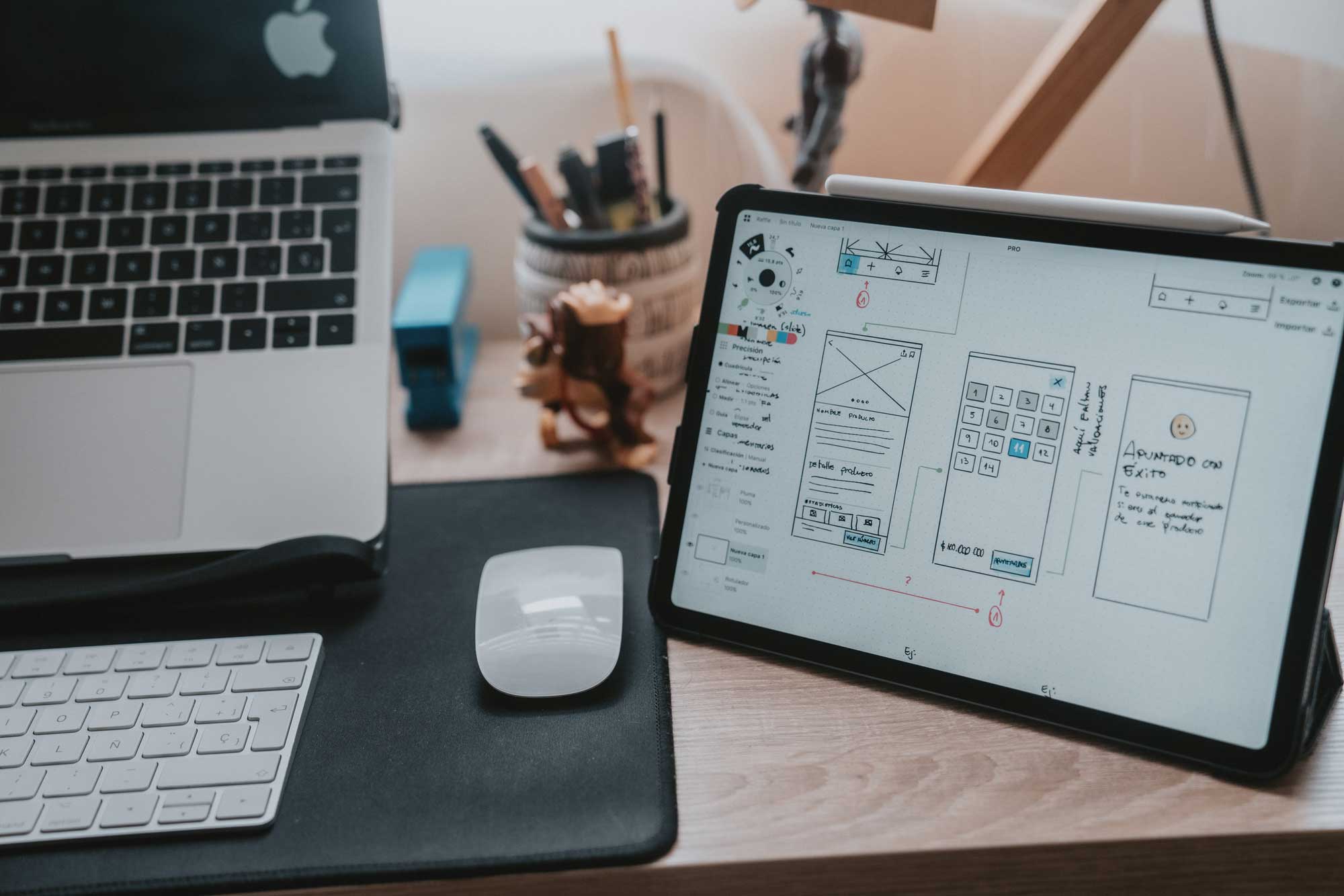Let’s Double-Down on User Experience
A day in the life
My companion spent a good chunk of her weekend trying to transfer hundreds of files, saved on three hard drives, to her Cloud Storage account. These files contained many precious photos and memories that were cached in the digital corners of her life, some since she received her first desktop computer. I sympathetically watched as she spent hours trying to figure out how to transfer these files into her account. I quietly listened to grunts and expletives as she took a couple hours on a Saturday morning to figure all of this out.
Now, here’s the catch. This Cloud Computing company is known for having a pretty great user experience. They are known for simplicity. They are better than most. I personally love this product and use it all the time.
Oh, here’s the other catch. My companion is actually an executive at that very same Cloud Computing company.
When users struggle to use a digital product, they rarely blame the product (or the company that makes it). It’s usually just the opposite. They blame themselves. They unconsciously ask, “Why am I not smart enough to figure this out?” Poor UX experiences are accompanied by shame. Feelings of worthlessness and all of the bad emotions that follow frustration.
UX is brand and brand is UX
This leads me to my biggest argument for a greater focus on aggressive user testing and user experience strategy in digital product design – why would you want your product brand to be associated with the very feelings that ruin your customer’s day?
Eventually, after three calls to the service center, my companion was able to save her memories to the appropriate files. But it did lead me to wonder – did anyone at this company formalize the user's scenarios necessary to determine a clear, communicative, and empathetic path to complete a particular task? Did they do their UX homework before they built the feature? Did they test the feature after they built it? Are they continuing to tweak and evolve based on user metrics?
UX and engineering are interdependent
Today’s consumers have become less and less tolerant of digital experiences that don’t work. If users have a tool that frustrates them, they simply find another tool. Most importantly, as the digital tools we use become increasingly complex, there is an ever-increasing need to link seemingly simple screen interactions with the complex engineering environment necessary to deliver our on-screen promises.
Tahzoo’s UX team is in the business of making people just a little happier every day. Or said another way, working to take the frustration out of our interactions with the digital products.
Tahzoo’s UX team is in the business of making people just a little happier every day. Or said another way, working to take the frustration out of our interactions with the digital products we use. At Tahzoo, it all begins with empathy. Sitting down with users. Closely following their engagement with the product, asking questions, taking polls, conducting user interviews, and seeking to read between-the-lines to ascertain where the subtle misses are. We’ve literally travelled the world to sit beside users and make this happen. Often, when solutioning, it’s the simple placement of a button, the length of a content field, the color of a header, or the representation of a search result that can make all the difference. But it takes great skill to read between those lines, ask the second (and third and fourth) question, and get to the bottom of the real issue.
User stories are the basis for everything we do. There is not one interaction with a digital product that cannot manifest a detailed user scenario. It’s our job to think about and anticipate everything a user might want to do with a product. Then, together with our engineering brethren and sister-en, determine the most efficient way to get from point A to point B.
User Experience is half science and half art. It’s both empirical and intuitive. There are tools that can be used, methodologies employed, theories to be tested, and data to be gathered. But great UX consulting is also found in the demeanor, creative thinking, and personality of the consultants themselves. Do they listen? Do they pick up on nuances? Are they visual? Do they care deeply about the right answer? Certainly, a lot of UX design theory can be taught. There are many tools to gauge user interaction. But the one thing that separates UX excellence from mediocrity is something that cannot be measured. Talent.
